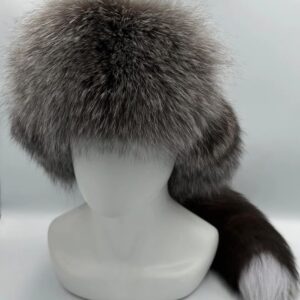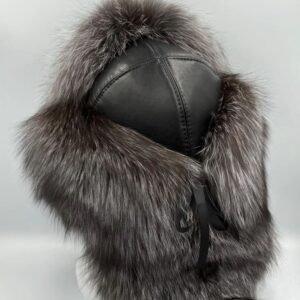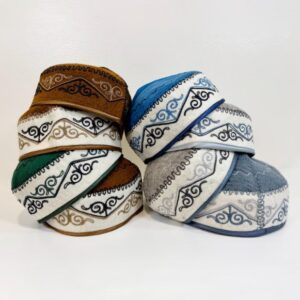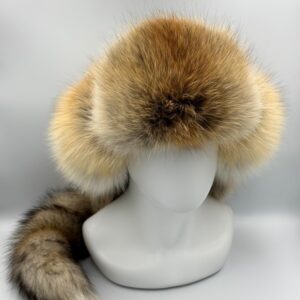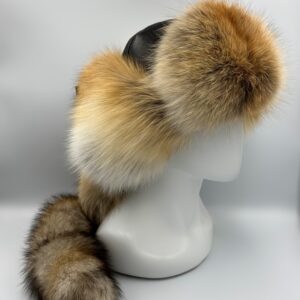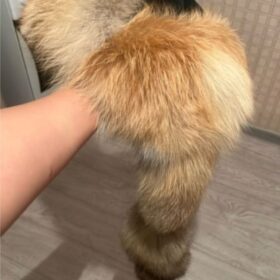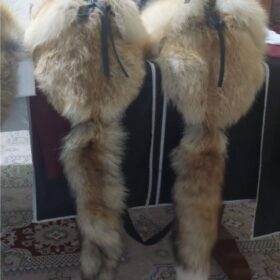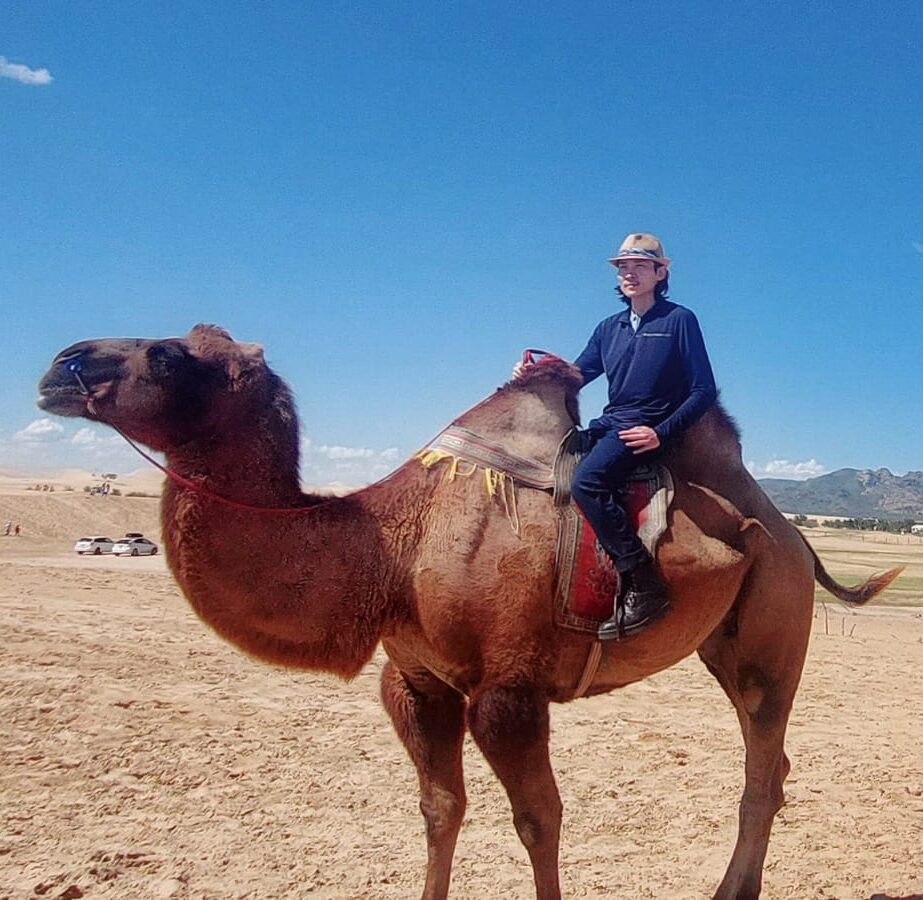
Welcome to Silk Road
Goods & Market
Hi there! This is Orgil, one of the co-founders of Silk Road Goods & Market. We strive to bring you the most authentic Central Asian and nomadic products to you.
If you have any questions or would like to reach out customer support, please don’t hestitate to write us on WhatsApp or give us a call.
MORE ABOUT US
